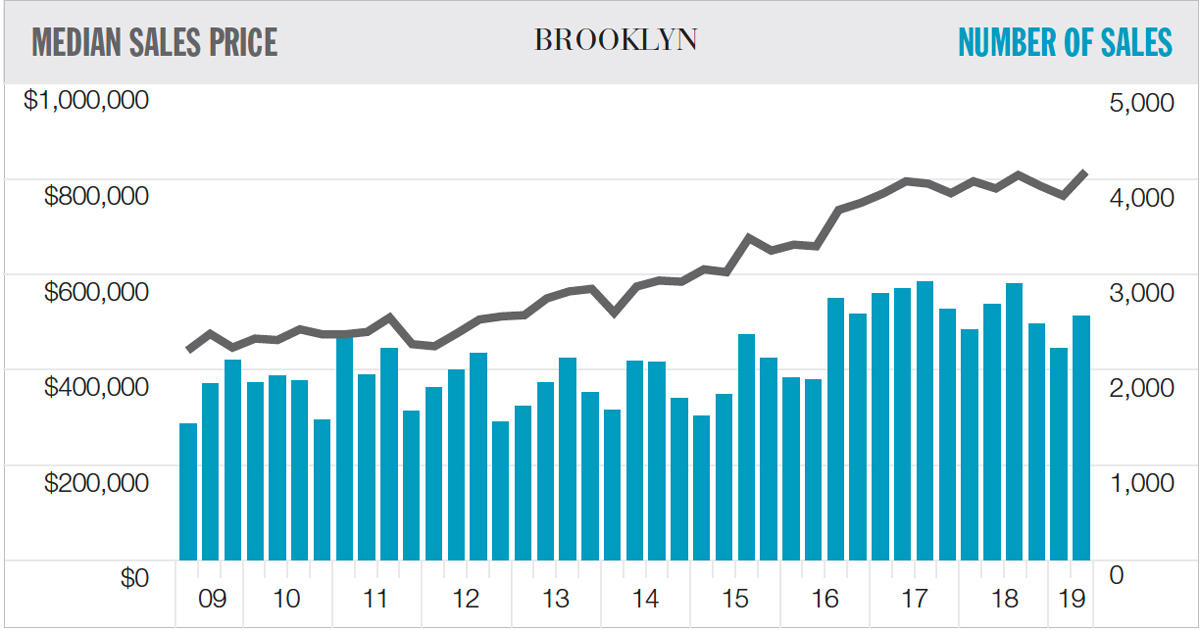Trending
Why resi sales didn’t surge in Brooklyn and Queens ahead of mansion tax

June was a busy month in New York’s residential market, as buyers rushed to close deals ahead of the mansion and transfer taxes that came into effect on July 1.
Sales surged in Manhattan, data showed. But in Brooklyn and Queens, it was a different story.
According to the latest Douglas Elliman market reports, year-over-year Brooklyn sales declined in June for the sixth consecutive quarter, while listing inventory went up.
The figures stood in sharp contrast to the June Manhattan report, released last week, which showed the median sale price increased by a record 10.5 percent to $1.22 million. The Real Deal previously reported that buyers and agents had rushed to close deals ahead of the new tax deadline, contributing to a welcome sugar rush in the market.
Jonathan Miller, CEO of the appraisal firm Miller Samuel and author of the report, said the mansion tax did have some impact on the market in Brooklyn and Queens, even if it wasn’t to the same extent seen in Manhattan.
“I think there probably would have been fewer sales in the second quarter of 2019 if it wasn’t for the mansion tax, but it wasn’t enough to make year-to-year gains in sales,” he said.
Why, though, did Brooklyn fall short? Miller said the boroughs were not “in sync” and sales patterns were relative to each market.
“Even though we had a decline in sales [in Brooklyn], the actual sales activity is quite high relative to historical norms,” he said.
In Queens, the number of sales declined 11.7 percent to 3,022, and listing inventory jumped jumped 23.4 percent 6,004.
However, in both markets, prices climbed. In Brooklyn, the median sale price increased a record 4.5 percent to $815,000; in Queens, it rose 2.5 percent to $572,000.
Miller said that the last thing to change in a weaker market was price trends, following sales and inventory fluctuations.
“It takes one to two years for prices to fall while sales decline and inventory goes up,” he said.
Miller said that trends in Queens echoed those in Brooklyn. In both boroughs, rising inventory was still well below 10-year averages.




